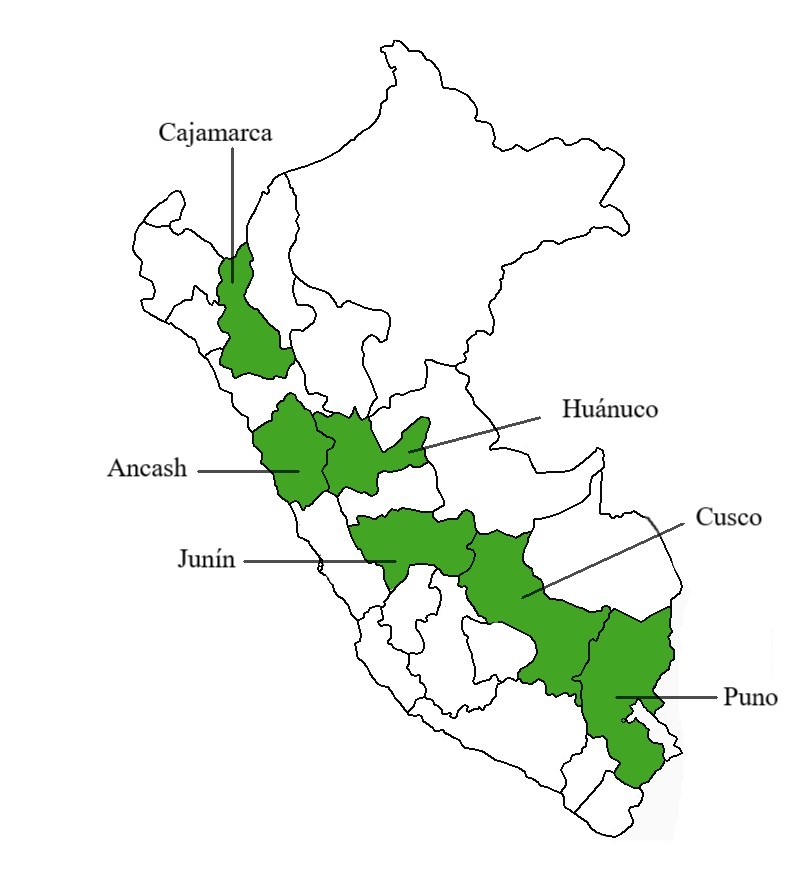Lupinus Mutabilis
Under the scientific name of Lupinus mutabilis, this legume has pre-Inca origins, also known as lupine or Tarwi. It is an herbaceous plant that originates from the Peruvian Andes and grows at a height of 2,000 and 3,800 meters above sea level, being one of the highest crops in the world.
This Andean legume, which is considered a complete plant food with an exceptional nutritional value for its high content of proteins, vitamins and minerals. It is produced in our mountain regions such as Cajamarca, Ancash, Huánuco, Junín, Cusco and Puno.
In colonial and republican times, the tarwi reduced its consumption, which led it to disappear from some agricultural systems. However, indigenous communities maintained the genetic variability of these crops until today.

Functionality
Tarwi is a grain with exceptional nutritional value due to its large amount of proteins, vitamins and minerals. Its properties were highly appreciated by Andean cultures since pre-Hispanic times. It has 41 to 51% protein, 28.2% carbohydrates, 7.1%% fiber, 15% calcium and 10% iron.
Benefits
- It has a high amount of protein.
- Regulates blood glucose.
- Improves the immune system.
- Acts as a soft laxative.
- Its tryptophan content produces a feeling of well-being, tranquility and optimism, thus fighting stress.
- High calcium content, 10 times more than milk.
- High fiber content for a better digestion.

Suggested use
Tarwi powder can be used in baking, as a flour substitute, or in smoothies.
Presentation

Location


